Vegan Globetrotter is supported by our audience. When you purchase through one of our links, we may earn a small affiliate commission. As an Amazon Associate I earn from qualifying purchases. Your cost is not affected.
==================
Have you ever wondered why your cooking doesn’t feel as effortless as it looks on TV? The secret might just lie in your kitchen knives. Yes, those humble blades can be game-changers in your kitchen!
Struggling with a dull knife is like trying to paint with a worn-out brush. It’s frustrating and counterproductive. But imagine a knife that smoothly slices through the toughest vegetable or cuts bread like a dream. That’s not just convenience. It’s a transformation of your entire cooking experience.
From the versatile chef’s knife to the essential bread knife, we’ll uncover the true potential of these culinary tools.
You’ll soon discover how the right blade can elevate your cooking from routine to remarkable. It’s a change that will save you time and reignite your passion for cooking!
Credits: @epicurious
Chef’s Knife
Among kitchen knives, the chef’s knife reigns supreme. It’s a true kitchen workhorse, versatile and indispensable. This knife can do it all, whether you’re chopping or slicing vegetables. Its importance can’t be overstated. It’s the one knife that every home cook needs.
What Makes a Chef’s Knife Special?
A classic chef’s knife usually features a long blade, about 8 to 12 inches. This longer blade allows for a rocking motion, ideal for most cutting tasks. The weight and balance of a chef’s knife make it a pleasure to use. Remember, a good chef’s knife feels like an extension of your hand.
When it comes to choosing a chef’s knife, personal preference plays a big role. The blade should be sharp, and the handle comfortable. Whether you prefer a heavy knife or a lighter one, it’s all about how it feels in your hand. A classic chef’s knife offers a good starting point.
Keeping your chef knife sharp is crucial. A dull blade is not only inefficient but also dangerous. Use honing steel regularly to maintain the edge. And remember, a sharpening stone is key for long-term sharpness. Treat your chef’s knife carefully. It will be your kitchen ally for years.
Paring Knives
Understanding Paring Knives
A paring knife typically has a small, sharp blade, about 3 to 4 inches long. Its size makes it perfect for holding and controlling delicate cuts in your hand. Paring knives are fantastic for tasks that are too intricate for a larger chef’s knife.
Selecting a paring knife is about finding balance. The blade should be sharp and the handle comfortable. Each cut should feel natural and effortless. Remember, a good paring knife feels like an extension of your fingertips.
Versatility in Your Hands
Paring knives are not just for peeling and slicing. They’re great for removing seeds from peppers and more. The versatility of paring knives is unmatched in the kitchen.
Just like other kitchen knives, keeping your paring knife sharp is essential. Regularly sharpen the blade and store it safely. With proper care, your paring knife will remain a trusted tool in your culinary taks.
Serrated Knives
When we think of serrated knives, bread often comes to mind. But there’s more to these knives than just slicing crusty loaves. Serrated knives are versatile tools in the kitchen, adept at handling a variety of tasks.
What’s With The Serrated Edge?
What sets a serrated knife apart is its saw-toothed edge. This design allows the knife to easily slice through foods with a hard exterior and soft interior. Think of bread with a hard crust and soft center. The serrated edge cuts without squashing.
The Many Uses of Serrated Knives
Beyond bread, serrated knives excel in cutting fruits and vegetables with tough skins, like tomatoes. Their sawing motion is ideal for foods that might slip under a straight blade. They’re also great for delicate pastries.
When selecting a serrated knife, look for one that feels balanced and comfortable in your hand. The blade length can vary, but a longer blade offers more versatility. Don’t forget to consider the spacing and depth of the serrations.
Maintaining a serrated knife differs slightly from other knives. They don’t need frequent sharpening, but when they do, it’s often best to seek professional help. For everyday care, clean and store them properly to preserve their edge.
Specialized Knives
In a vegan kitchen, specialized knives are vital in preparing various plant-based dishes. Carving, boning, and slicing knives are equally essential for vegetable and fruit preparation.
Carving Knives
A carving knife is perfect for slicing large fruits and vegetables. Think of carving beautiful, even slices of winter squash or melon. Their long, narrow blade is designed for precision, making them great for slicing larger produce.
Boning Knives
Though typically used for meat, a boning knife is also fantastic for intricate vegetable prep. Its flexible blade is excellent for peeling and trimming vegetables. You can even use it for delicate tasks like preparing artichokes or removing seeds from peppers.
Slicing Knives
A slicing knife is a boon for any vegan chef. It’s ideal for creating thin, uniform slices of vegetables and fruits. Imagine effortlessly slicing cucumbers, eggplants, or even preparing perfect tomato rounds for sandwiches.
Choosing Your Knife
When selecting these knives, consider the blade’s length and flexibility according to your needs. Longer blades are great for big veggies. Flexible blades allow for precise, close cuts.
Regardless of their use, keeping your knives sharp is key. Regular sharpening and proper storage are essential. This ensures longevity and efficiency in your vegan kitchen.
Keeping Your Kitchen Knives Sharp
Sharp knives are the cornerstone of efficient cooking. Keeping them sharp is essential, whether it’s a chef’s knife or a paring knife. It’s not just about ease of use but also about safety.

Honing vs. Sharpening
Many confuse honing with sharpening, but they serve different purposes. Honing straightens the edge of the knife, maintaining sharpness. On the other hand, sharpening grinds away metal to create a new edge.
Honing Steel
A honing steel should be used often, ideally every time you use your knife. It doesn’t sharpen the blade but keeps it aligned and ready for use. Just a few swipes on the honing steel before and after use can make a big difference.
Sharpening
Sharpening your knives is less frequent but just as important. You can use a sharpening stone or an electric sharpener. The key is to do it correctly and not too often, as it wears down the blade.
Choosing the Right Tools
Selecting a honing steel or sharpening stone depends on your knives and preference. A fine grit stone is great for a delicate edge, while a coarser grit suits more durable blades. Electric sharpeners offer convenience and consistency.
Beyond the Basics
Having covered the essentials like the chef’s knife and paring knife, let’s explore other key items. These additions elevate your kitchen knife experience.
Steak Knives
Steak knives are great for any meal where a sharper knife is needed at the table. Think slicing firm fruits or hearty, crusty bread. Their serrated edge makes them versatile for various foods.

Ceramic Knives
Ceramic knives offer a lightweight option with a sharp edge. Ideal for slicing fruits and soft vegetables, they require less sharpening. But handle them carefully, as they can chip.

Slicing Tomatoes or Hulling Strawberries?
Different tasks like slicing tomatoes or hulling strawberries can benefit from specific knives. These specialized tools can make these tasks more efficient and enjoyable.
The Role of a Good Cutting Board
A cutting board isn’t just a surface. It’s a tool that works with your knife. Opt for ones that won’t dull your blades, like wood or plastic.
Knife Blocks and More
Safe storage is crucial for maintaining your knives’ edges. Knife blocks, magnetic strips, or individual sheaths are good options. They keep knives accessible and safely out of the way.
Weight and Handle Ergonomics
Finding the Right Weight
Have you ever held a knife, and it just felt right? That’s all about balance. The weight of a knife greatly influences your cutting experience. Too heavy, and it’s tiring. Too light, and it feels flimsy. Finding a knife with a lightweight that feels comfortable and natural in your hand is essential, enhancing your control and precision.
Handle Design
The handle is just as important as the blade. It should fit snugly in your palm, with an ergonomic design to reduce hand fatigue. A good handle ensures you can keep chopping, slicing, and dicing without any discomfort. Whether it’s made of wood, plastic, or metal, the right handle makes all the difference.
The Perfect Balance
A well-balanced knife feels like an extension of your arm. The point where the handle and blade meet (the balance point) should align with your grip for optimal control. This balance is crucial for tasks requiring precision. These include mincing herbs or finely chopping vegetables.
Testing for Comfort
When shopping for knives, hold them. Feel the weight, test the grip, and mimic cutting motions. This hands-on experience is the best way to find a knife that’s sharp and a joy to use.
Building Your Knife Collection
Starting a knife collection can seem daunting, but it’s all about the basics. Begin with just one or two essential knives. A good chef’s knife and a paring knife are great starting points.

When building your collection, focus on quality, not quantity. It’s better to have a few good knives that you use regularly than a bunch of mediocre ones. Look for knives with sharp blades and comfortable handles.
As you get more comfortable in the kitchen, consider adding specialized knives. A serrated bread knife or a flexible slicing knife can be next. Think about the foods you often prepare and choose accordingly.
Remember, the right knife for you might not be the right knife for someone else. Your knife collection should reflect your cooking style and needs. Whether it’s chopping vegetables or slicing bread, choose knives that make these tasks easier.
Once you have your essential knives, maintaining them is key. Keep your knives sharp and store them properly. A honing steel or sharpening stone can be a vital tool in your collection.
Wrapping It Up
As we wrap it up, remember that good kitchen knives make cooking easier and more enjoyable. They are not just tools but part of your cooking adventures. Whether it’s the versatile chef’s knife, the precise paring knife, or the reliable bread knife, each one has a special role in your kitchen.

Choosing the right knives is all about what works for you. They should fit your cooking style and needs. And taking care of them is important. Keep them sharp and store them properly. This will make them last longer and work better.
With the right tools, every cut is easier, and every meal is a little better. So, cherish your knives and enjoy every moment in the kitchen. Happy cooking!
FAQs
Why is a chef's knife considered a kitchen essential?
Think of the chef’s knife as your culinary best friend. Its versatility makes it ideal for chopping, slicing, and dicing. A good chef’s knife turns tedious prep into a joyful experience. It’s a must-have in any kitchen!
How often should I sharpen my kitchen knives?
Keep your knives sharp! A dull knife is a cook’s enemy. I recommend honing regularly and sharpening every few months, depending on use. Remember, sharp knives make cooking safer and more enjoyable.
Is a bread knife only for bread?
Not at all! While a bread knife is perfect for slicing through crusty loaves, it’s also great for foods with tough exteriors like pineapples or melons. It’s a versatile tool in your knife collection.
What's the best way to store kitchen knives?
Proper storage is key! Knife blocks, magnetic strips, or individual sheaths protect the blades and keep them handy. Safe storage ensures a longer life for your knives and keeps your kitchen organized.
Can I use the same knife for fruits and vegetables?
While you can, it’s not ideal. Cross-contamination is a risk, and different foods require different cuts. Separate knives for fruits and veggies are more hygienic and easier for cooking.
Learn Vegan Cooking With Us!
Discover the various vegan dishes with Vegan Globetrotter. Learn aromatic and appetizing vegan dishes that blend flavor, health, and simplicity. Stay connected and enhance your vegan cooking skills:
- Facebook: Vegan Globetrotter
- Instagram: @_veganglobetrotter
- Pinterest: The Vegan Globetrotter
- Twitter: @VeganGlobetrot
Join our community and explore the wonders of vegan cooking! For more insights into the world of vegan cooking, visit our website: veganglobetrotter.com


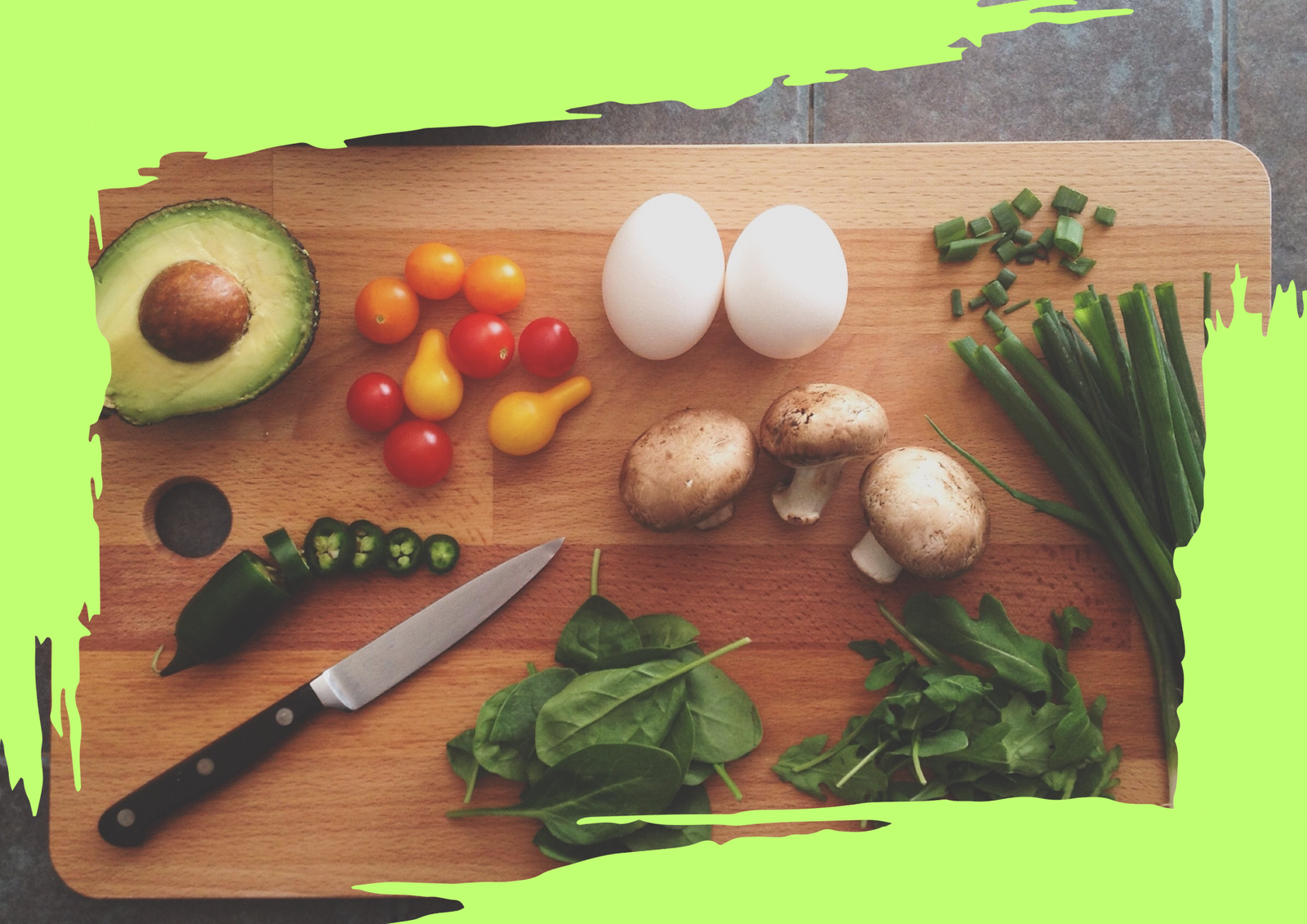
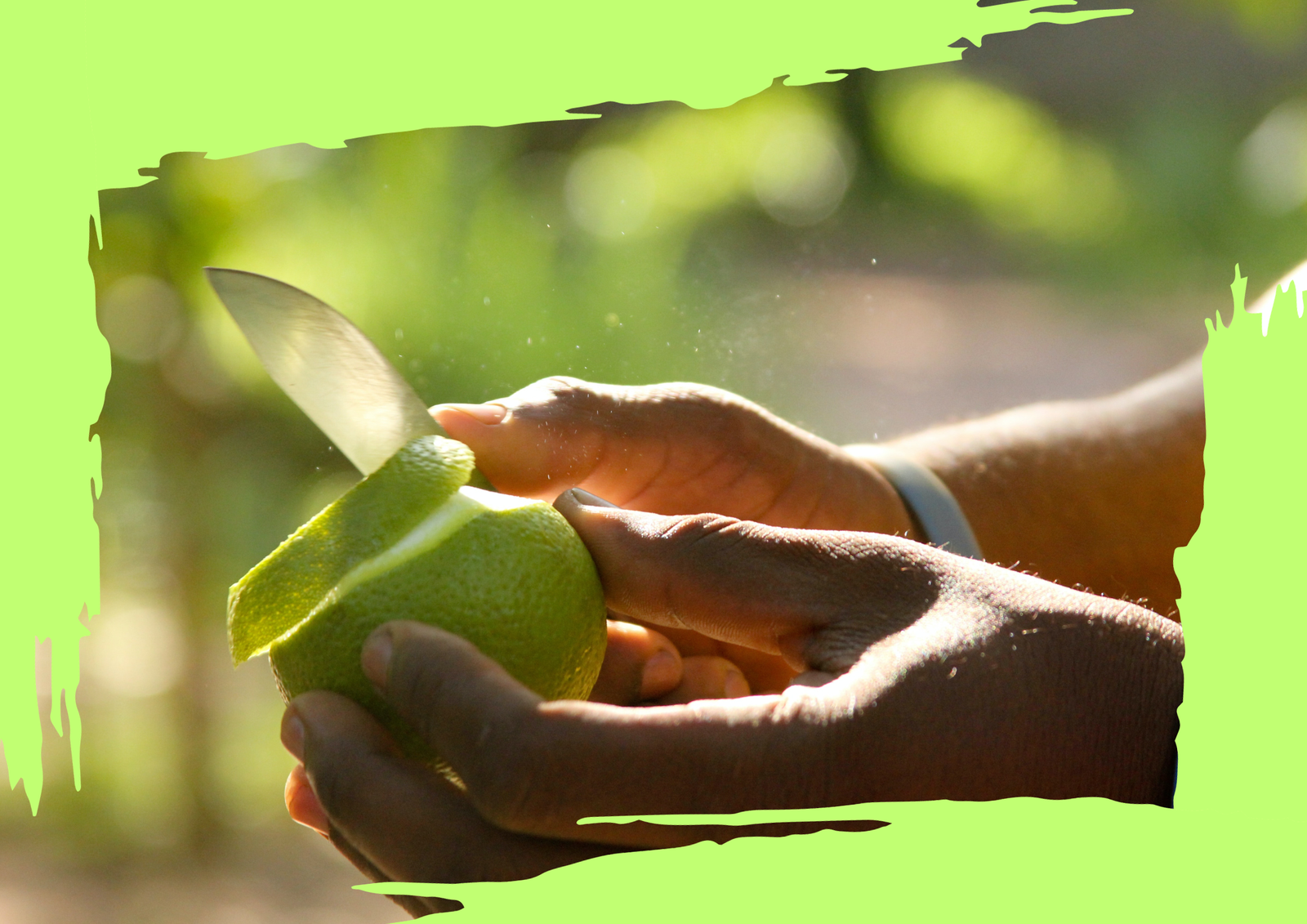
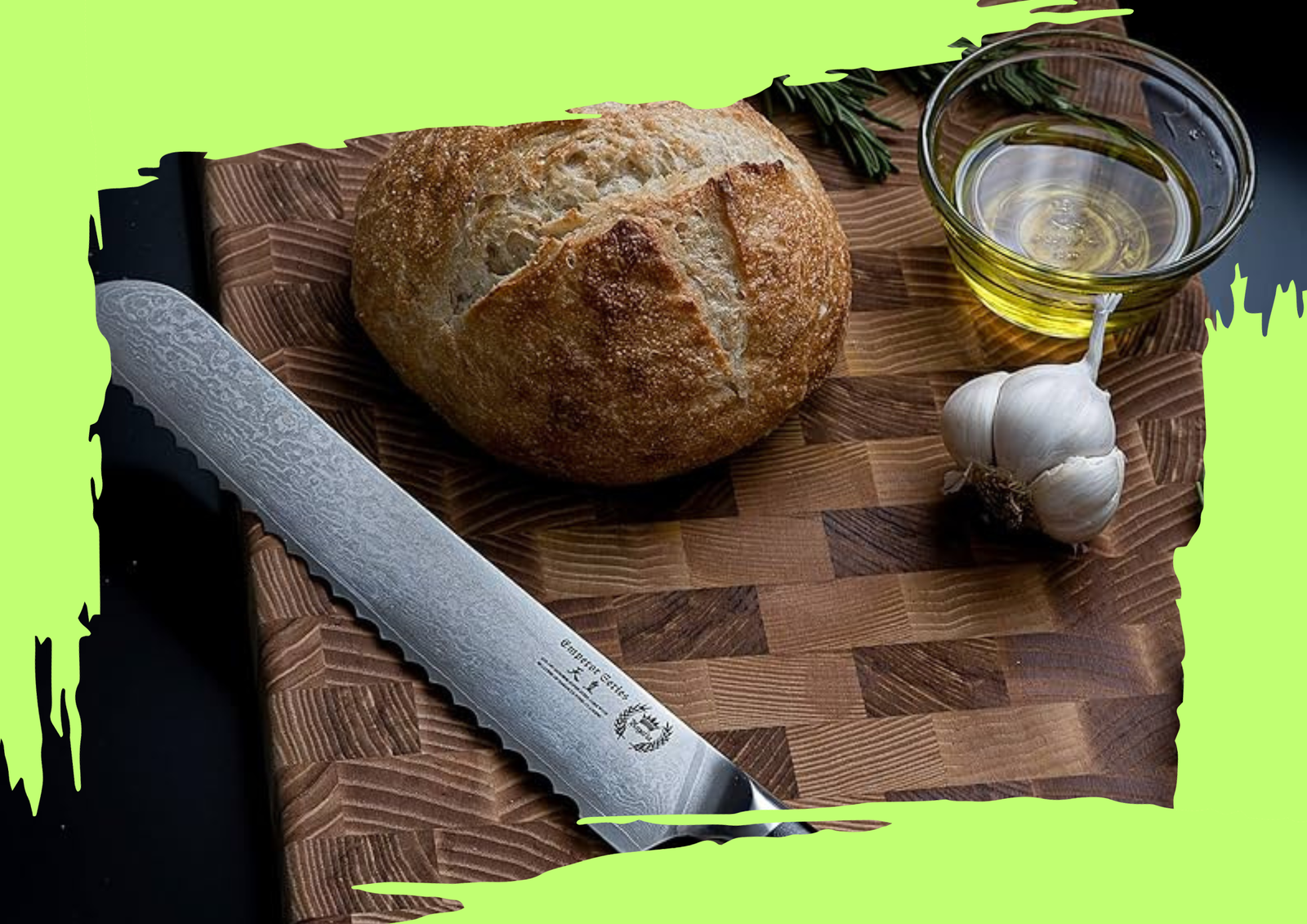
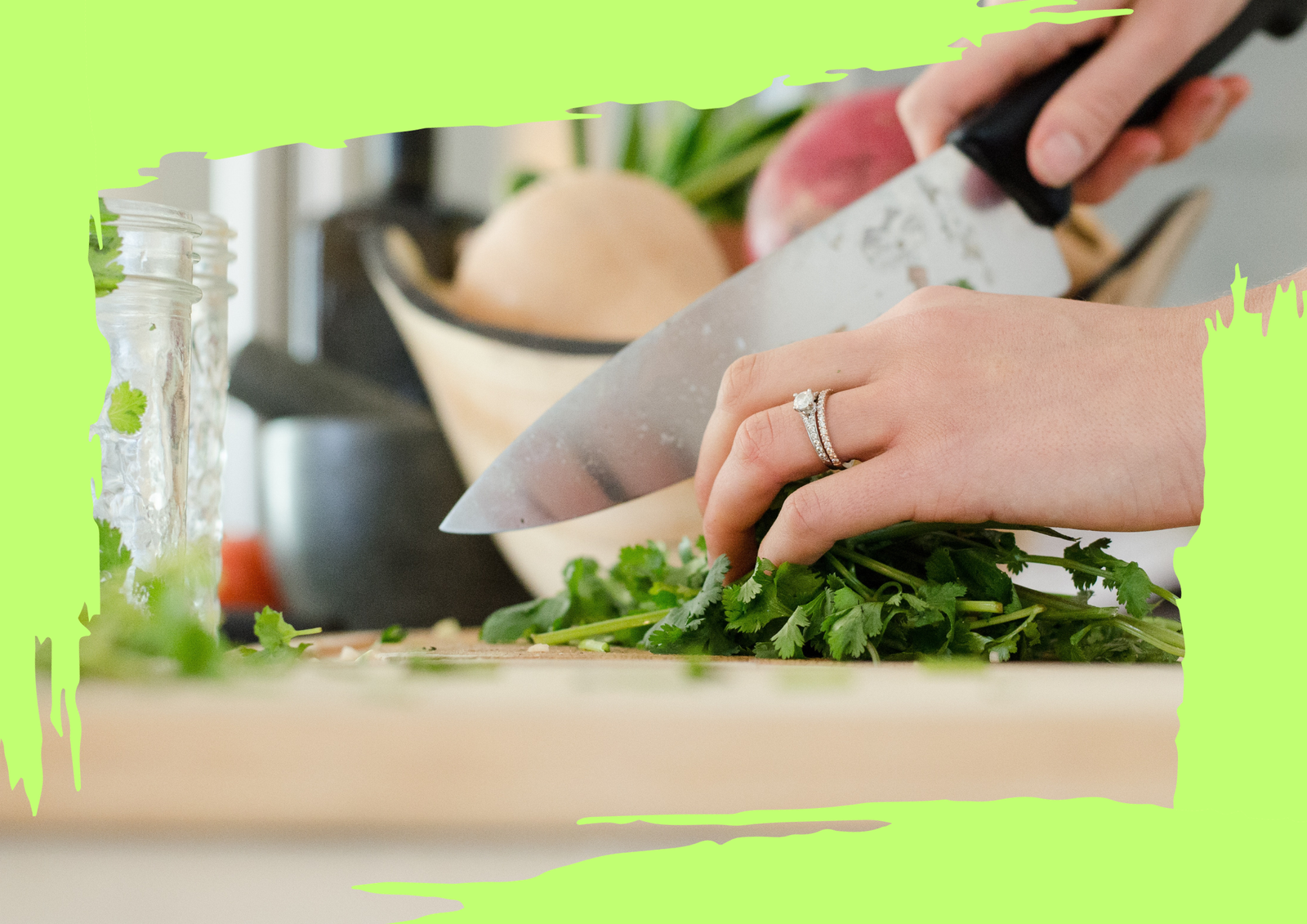

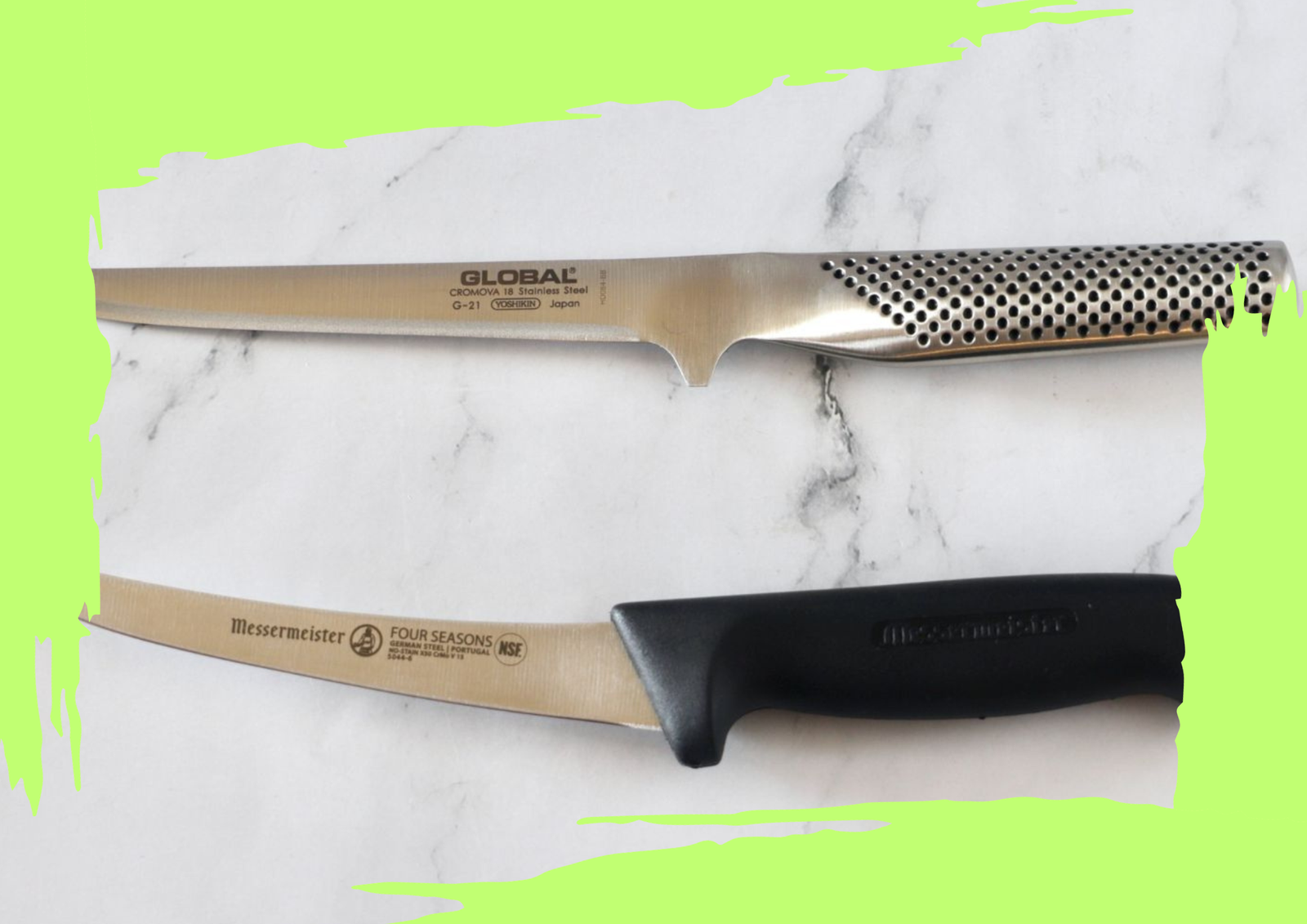
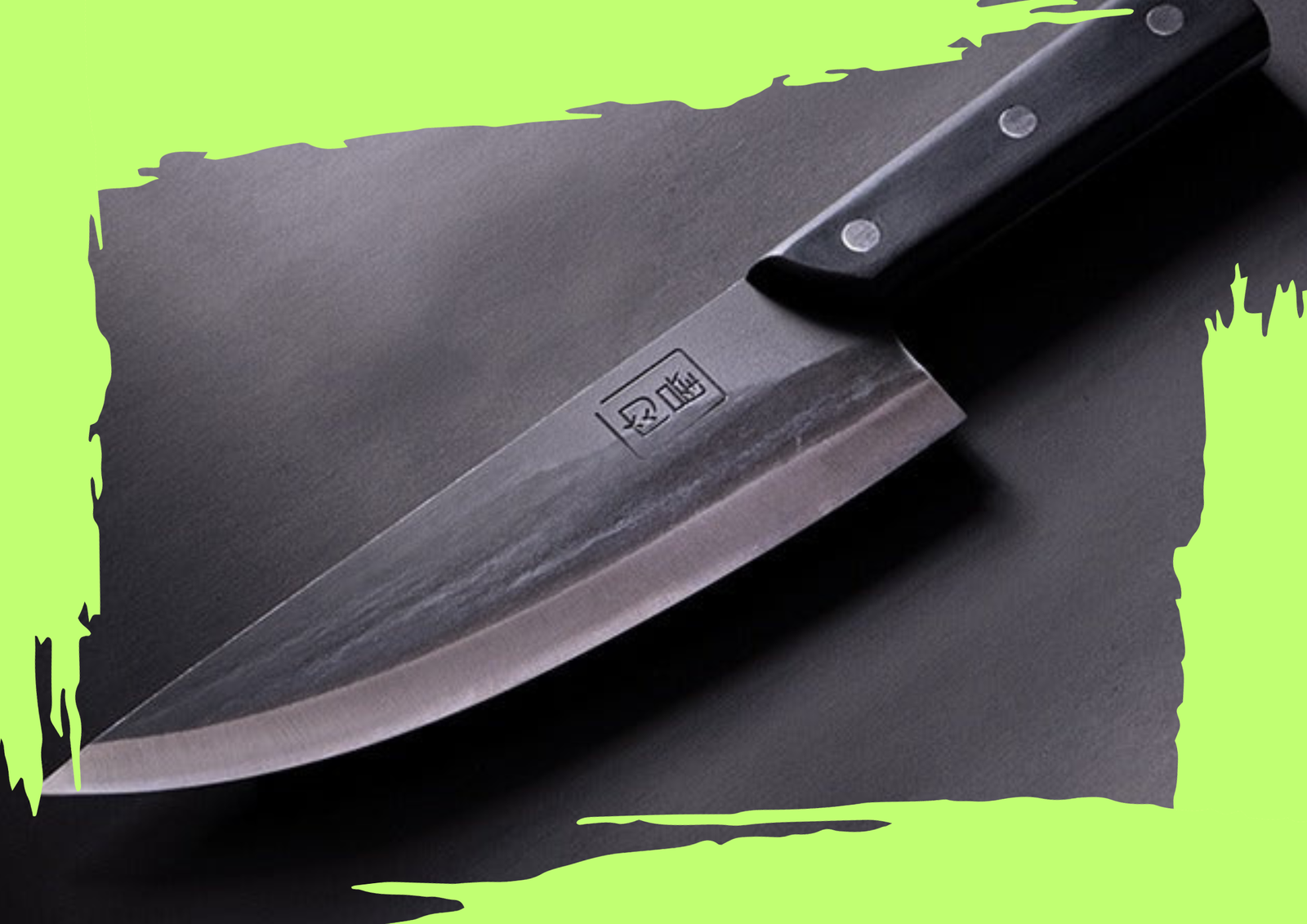
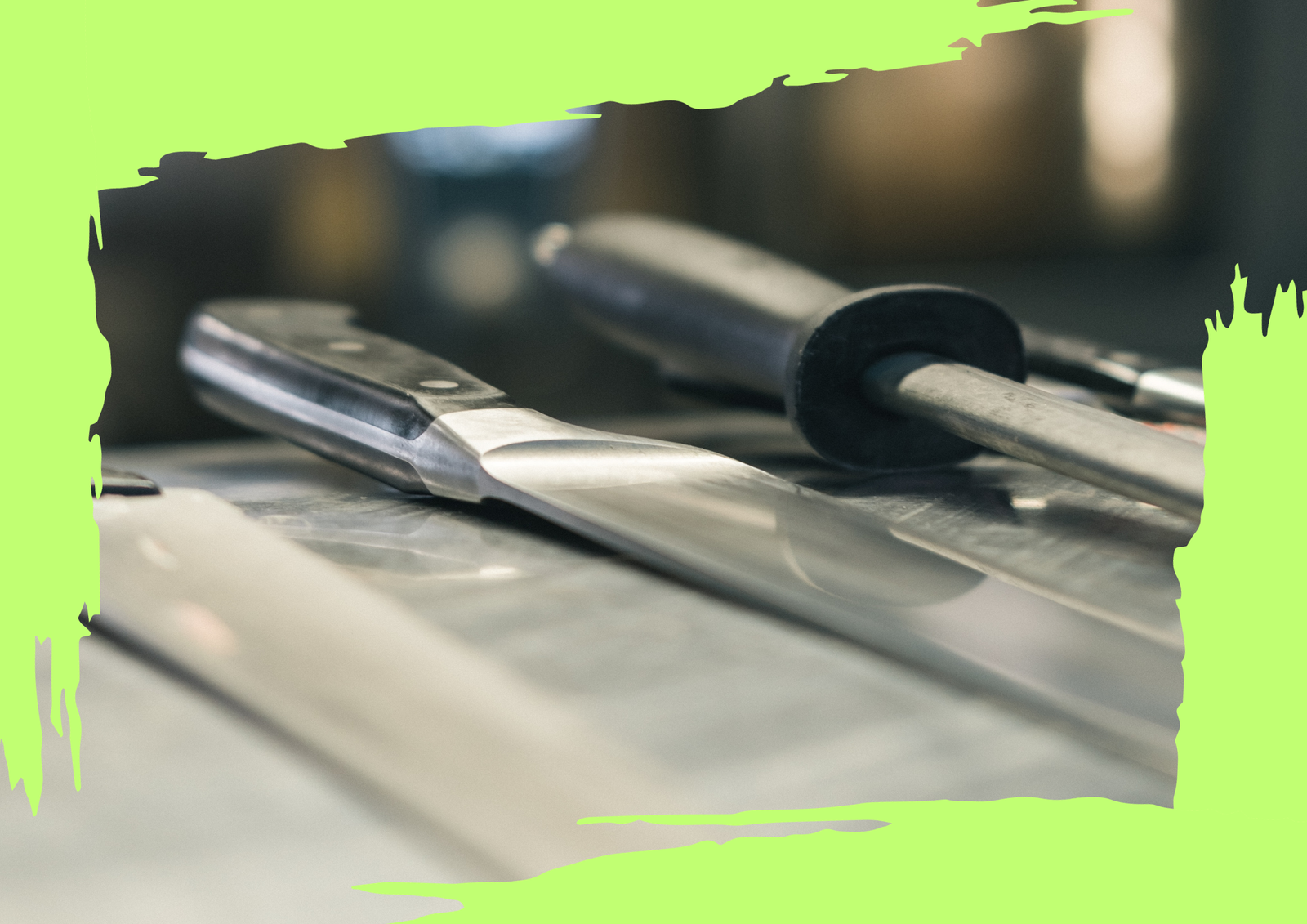
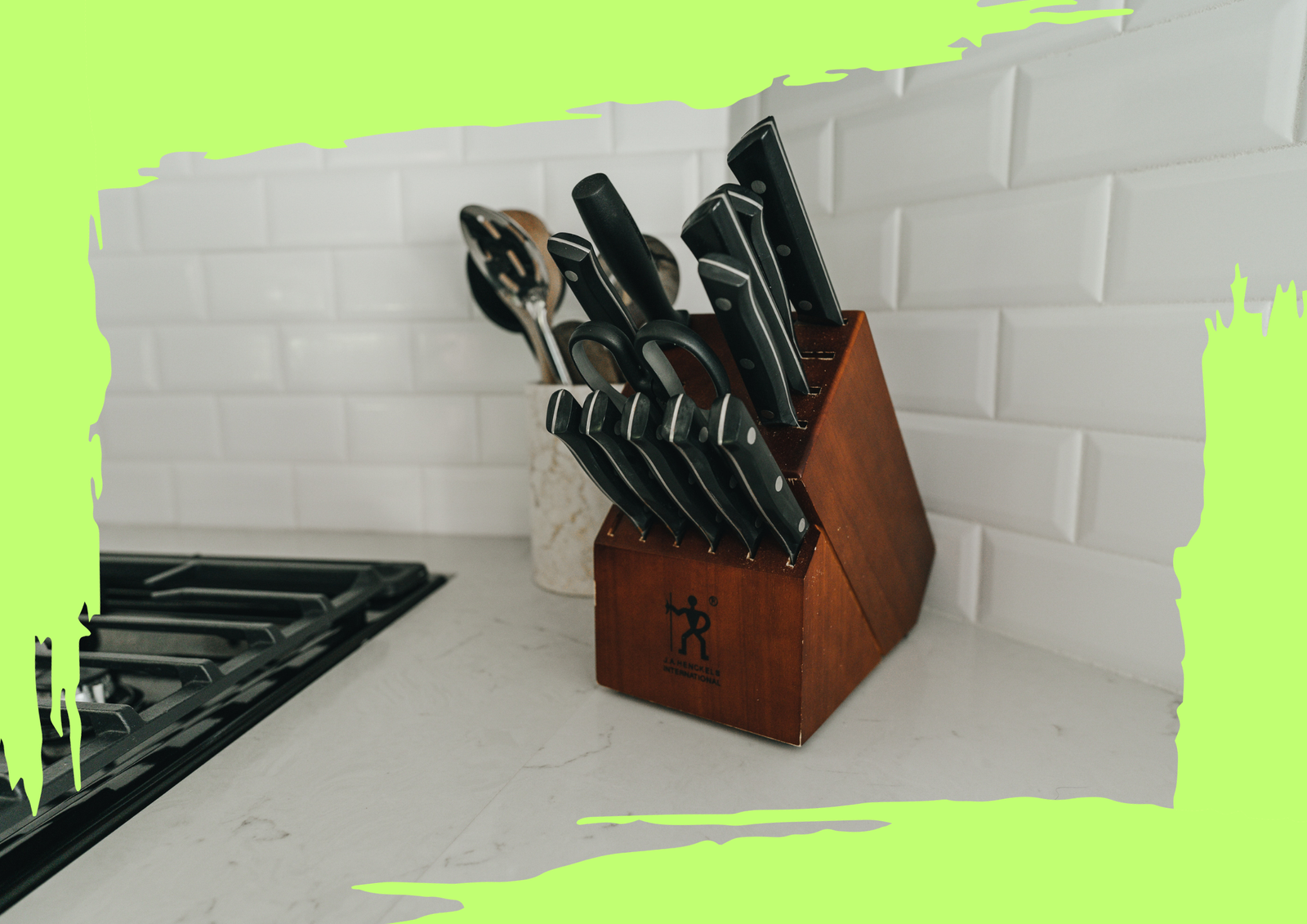

Don't miss out
when new recipes and information are added!
Join our newsletter for free recipes,
healthy living inspiration, and special offers
You have Successfully Subscribed!